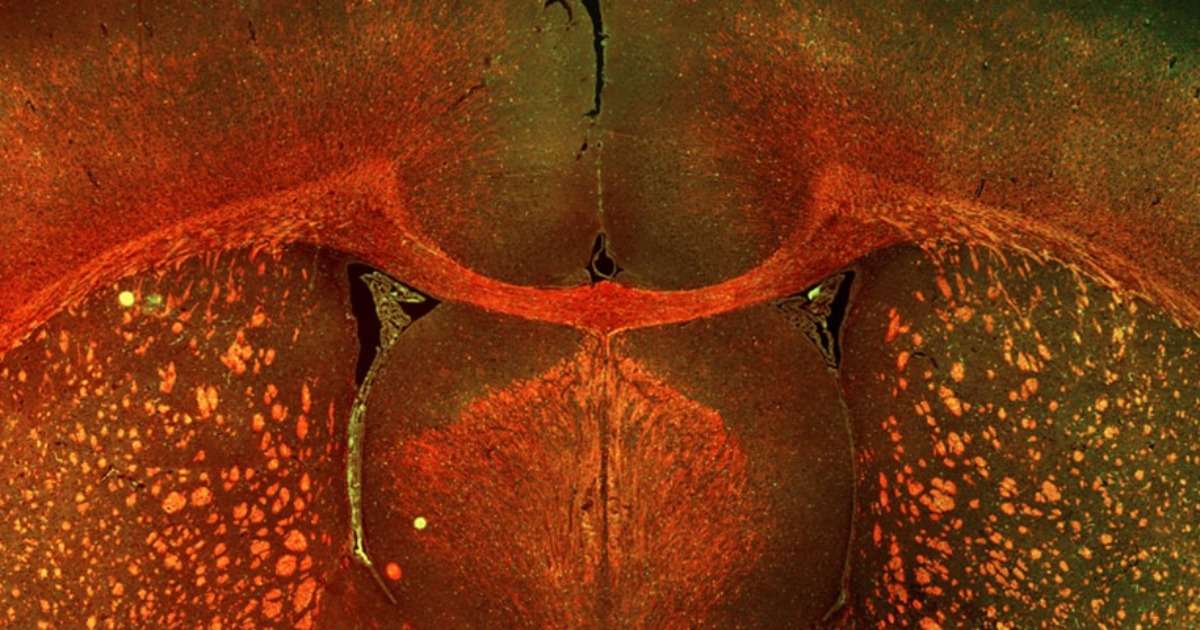
A new rat model for neonatal white matter injury
Preterm birth is a major problem in neonatal healthcare. Erik van Tilborg developed a new animal model to closely mimic this clinical situation, an important step in finding new treatment options.
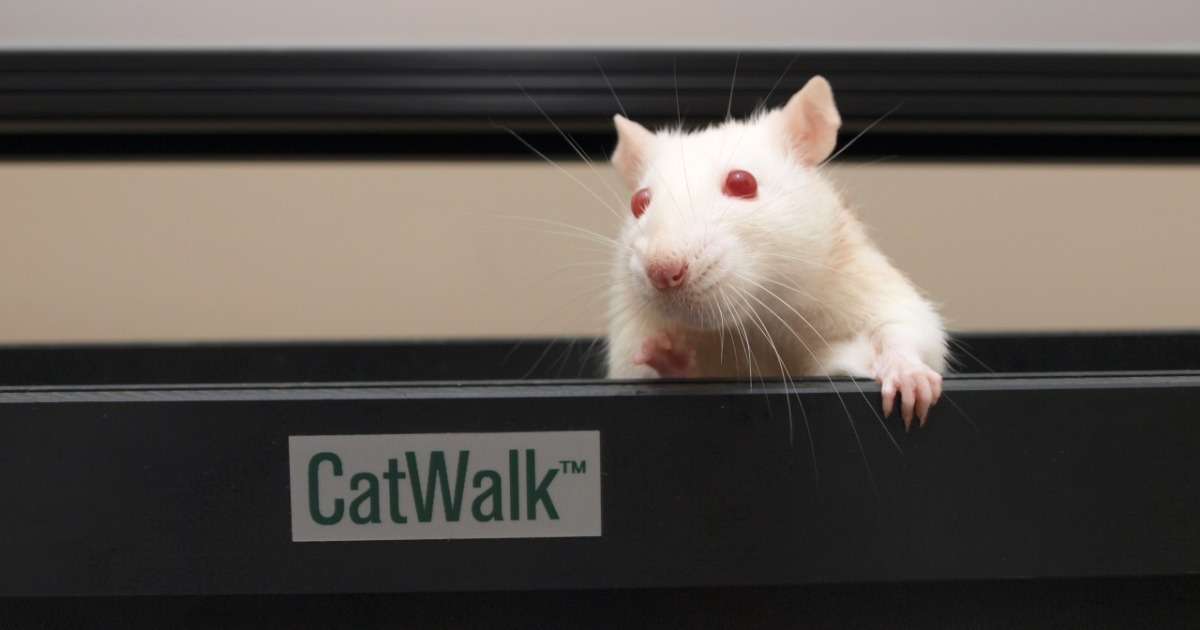
How to use CatWalk XT and Incapacitance Tester in non-clinical pain research
Heta Svard from Orion Pharma studies pain and neurological disorders and resports on recent research.
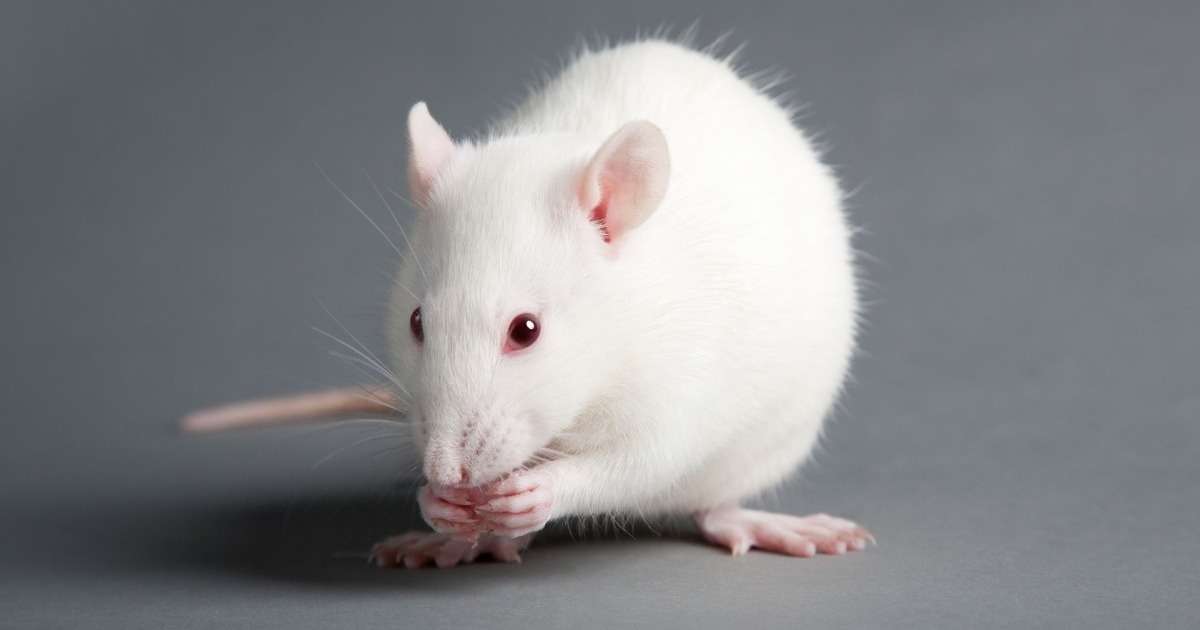
Zinc deficiency, depression and electrical signals in the brain
Depression has a dramatic effect on quality of life because it results in a persistent low mood that is accompanied by a low self-esteem and a loss of interest in things that give pleasure.

6 things you must consider to improve your open field testing
Here are six recommendations the authors list to improve the translational and predictive value of behavioral readouts.
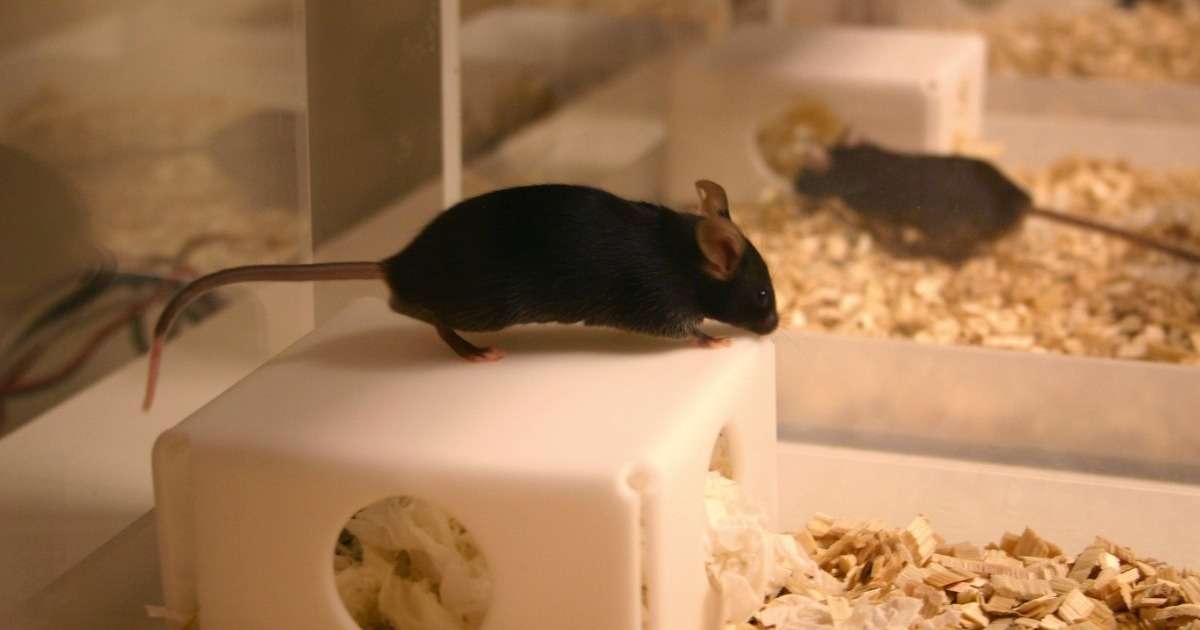
The do’s and don’ts in behavioral testing: improve your open field test
Scientists have been performing open field tests for quite some time now. Over the years it has become one of the most popular tests in rodent behavioral research. So what’s not to love?
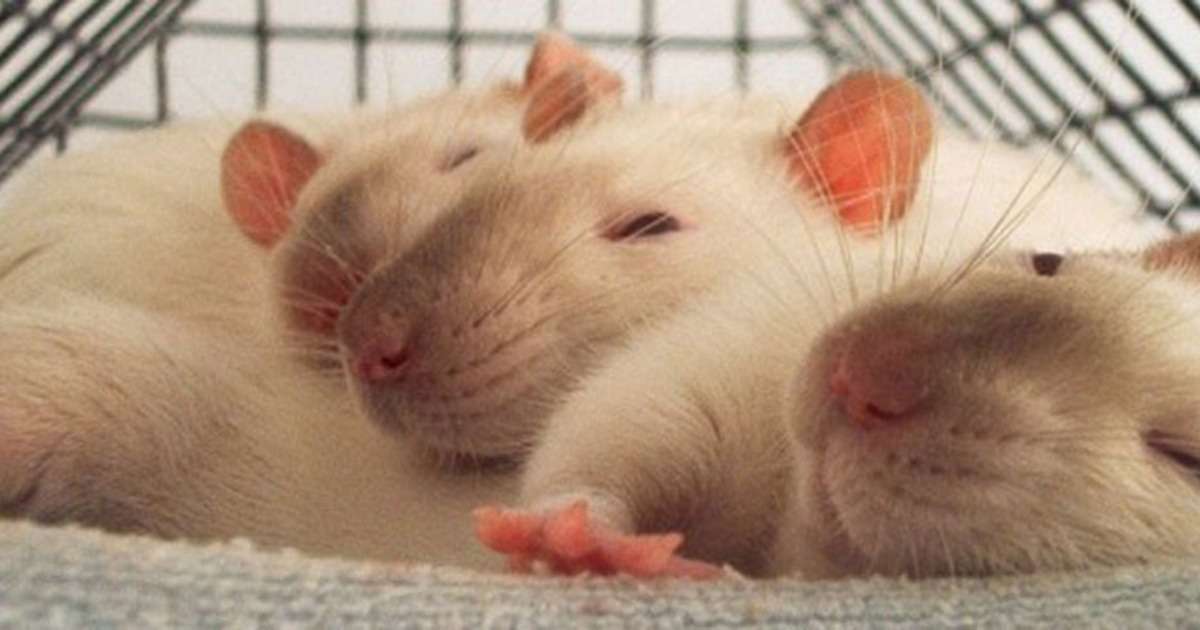
Why rats help other rats
As humans, we help each other because it is the right thing to do. We help our friends and our family. And of course we help strangers as well. Right?
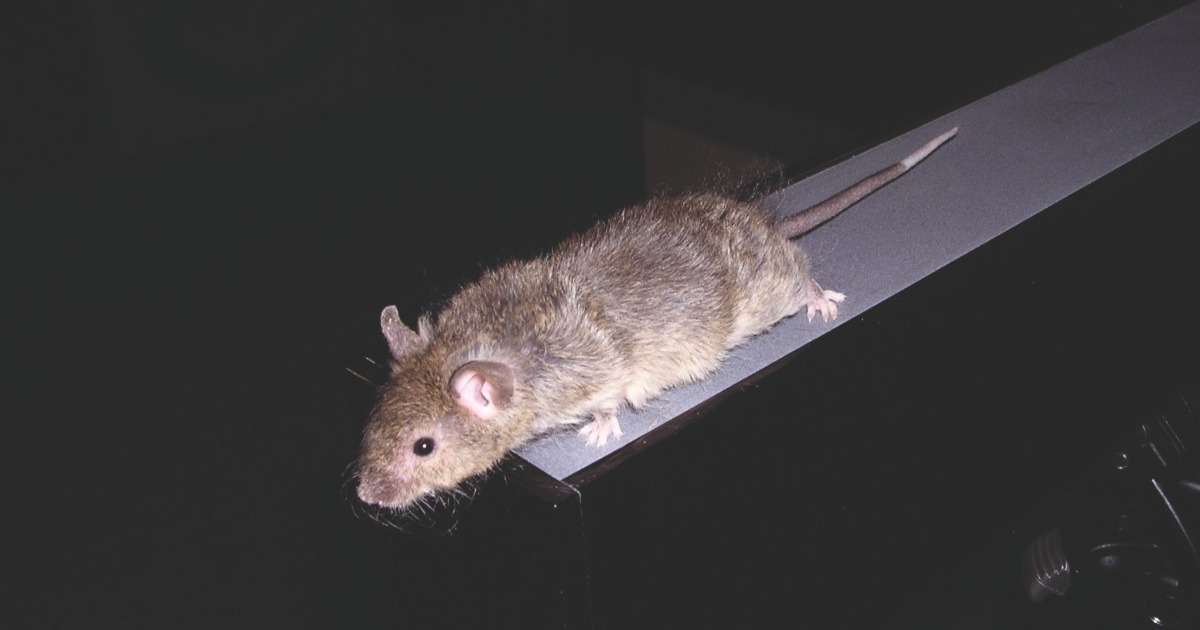
How to easily automate the elevated plus maze test
Anxiety. It is nature’s way to keep us out of harm’s way, so it is a useful emotion. At times, though, it can also be overwhelming. For some, it gets out of control, irrational, and even disabling.
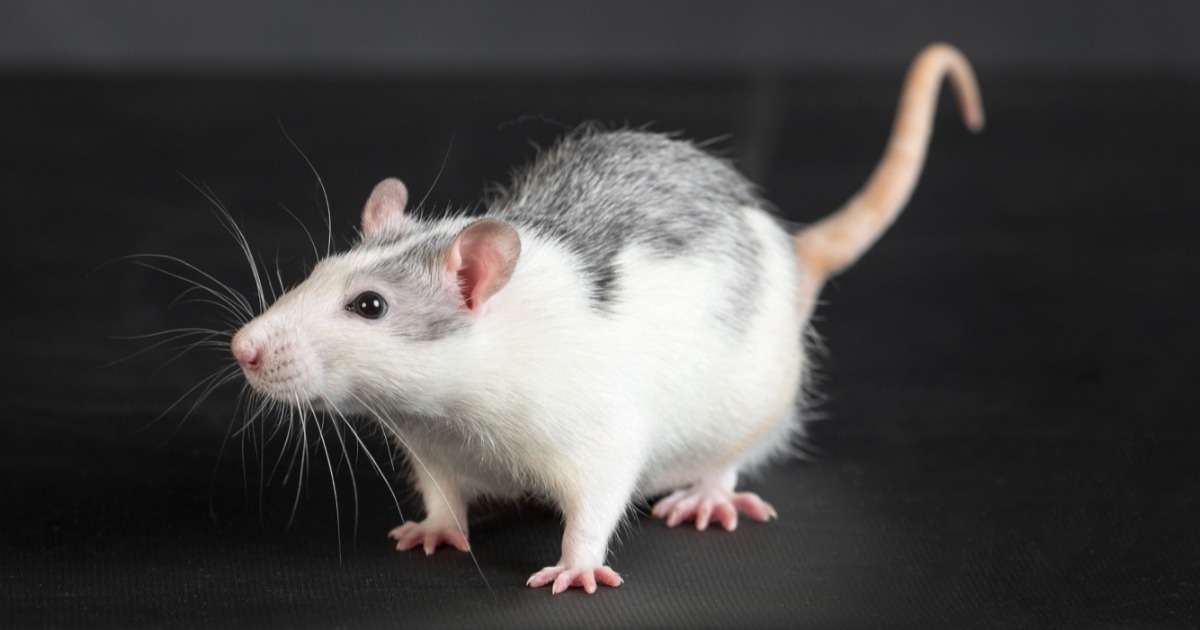
How Automatic Rat Behavior Recognition was developed
If you are familiar with neurobehavioral research in any way, you will know that variables like velocity and distance moved are important parameters in a lot of animal behavioral experiments.
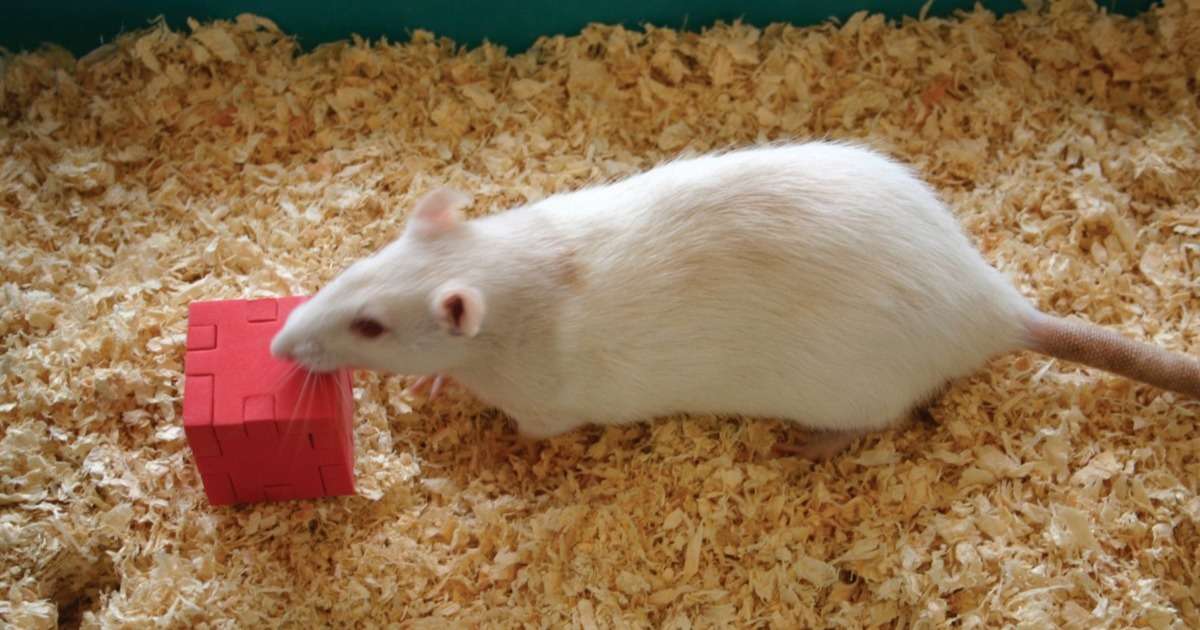
Top 5 novel object recognition articles
Novel object recognition is one of the most commonly used behavioral tests on laboratory rodents. It is also easily automated with video tracking software. Want to know how?
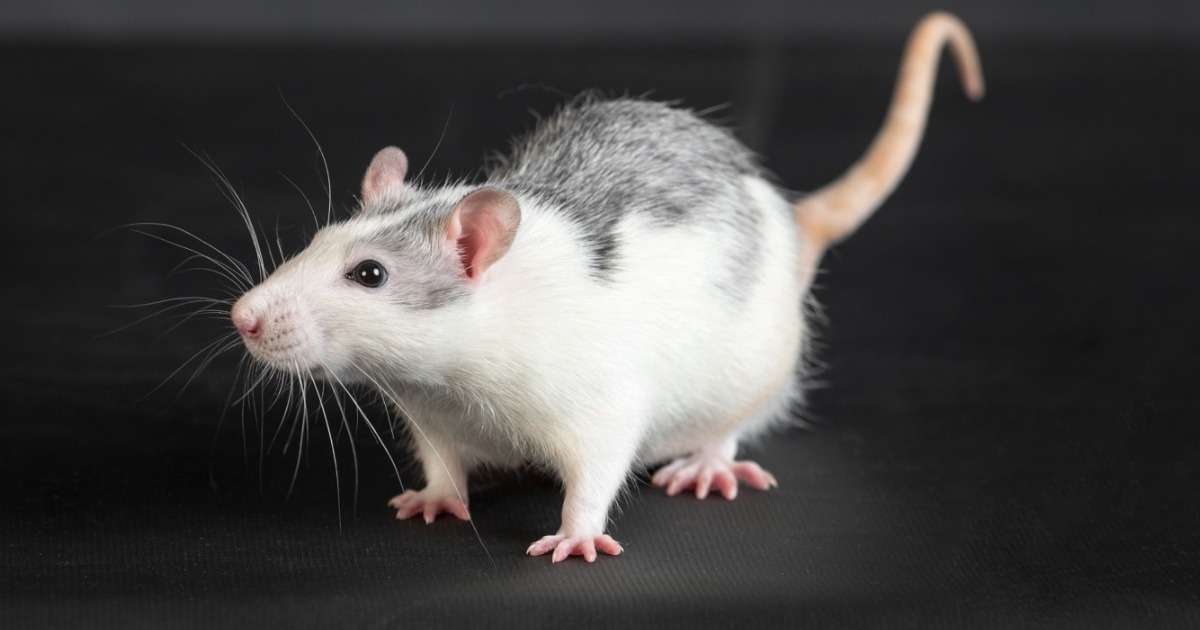
Unraveling the chemistry of mood disorders
The most common psychiatric disorders are mood and anxiety related. However, the underlying mechanisms of these diseases are still largely unknown. This complicates the development of effective treatment and drugs.
